Texture Layering in Interiors: Creative Ways to Add
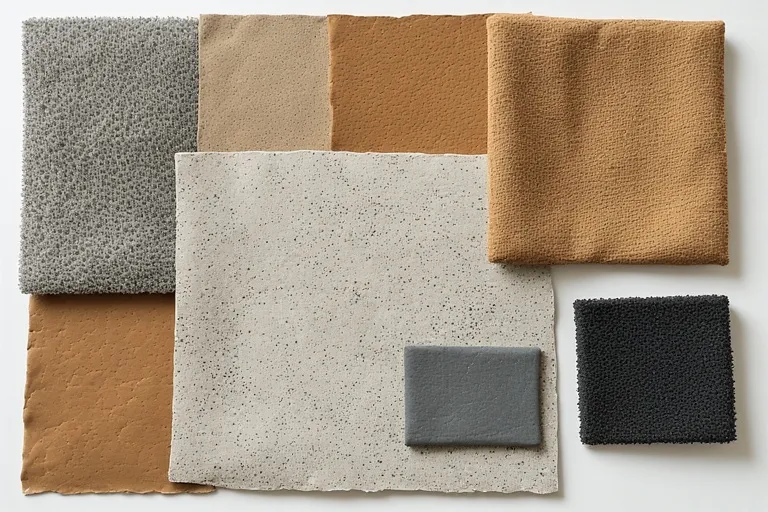
Texture layering in interiors is a key strategy in modern design, adding depth, warmth, and personality to any space. By combining different materials, fabrics, and finishes, homeowners and designers can transform flat, lifeless rooms into dynamic, inviting environments. This guide explores the importance of texture, practical layering tips, and creative ideas to elevate your interior design through thoughtful use of textures.
Understanding Texture in Interior Design
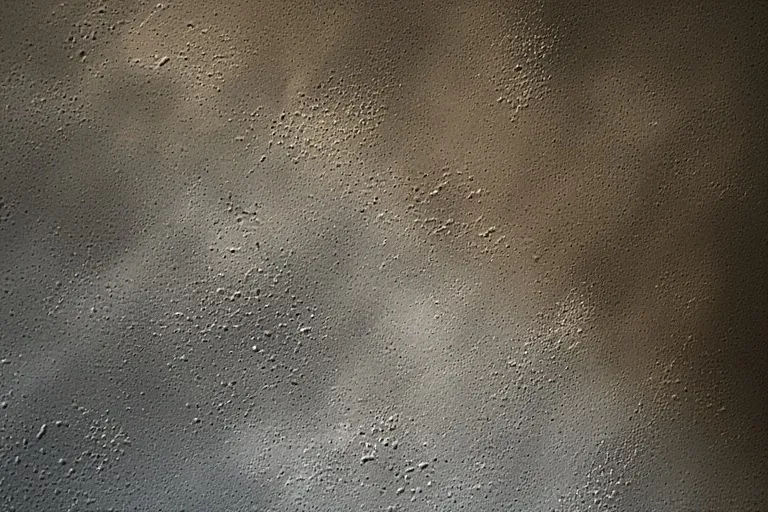
Texture in interior design refers to the surface quality or feel of materials—both tactile and visual. It can be smooth, rough, soft, hard, glossy, or matte. Texture is not just a visual element; it influences how a space feels emotionally. For example:
- Soft textures like velvet or plush rugs create comfort and coziness.
- Rough textures like brick or reclaimed wood add an earthy, rustic feel.
- Smooth textures like glass, metal, or polished stone bring elegance and modernity.
By layering textures, you can balance these contrasting sensations, making a room feel rich and multidimensional without relying solely on color or pattern. You have to look Clutter Free Home Organization
Why Texture Layering Matters
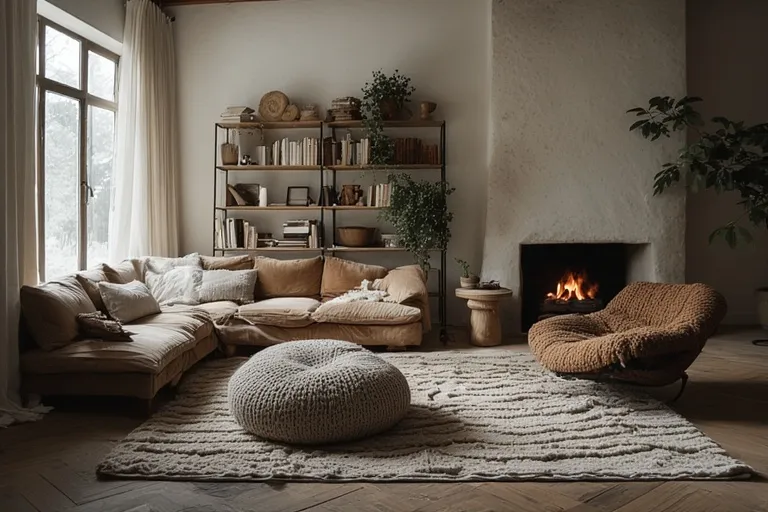
Layering textures in interiors serves several purposes:
- Adds Depth and Dimension – Combining multiple textures prevents a space from looking flat or one-dimensional.
- Enhances Comfort – Soft textiles and natural materials make rooms feel welcoming.
- Highlights Design Elements – A textured wall, rug, or piece of furniture can become a focal point.
- Creates Visual Interest – Mixing textures keeps the eye engaged and encourages exploration of the space.
For instance, pairing a smooth leather sofa with a chunky knit throw, a woven rug, and metallic accessories instantly creates a sophisticated layered look.
How to Layer Textures Successfully
Here are practical steps to achieve perfect texture layering in interiors:
1. Mix Different Materials
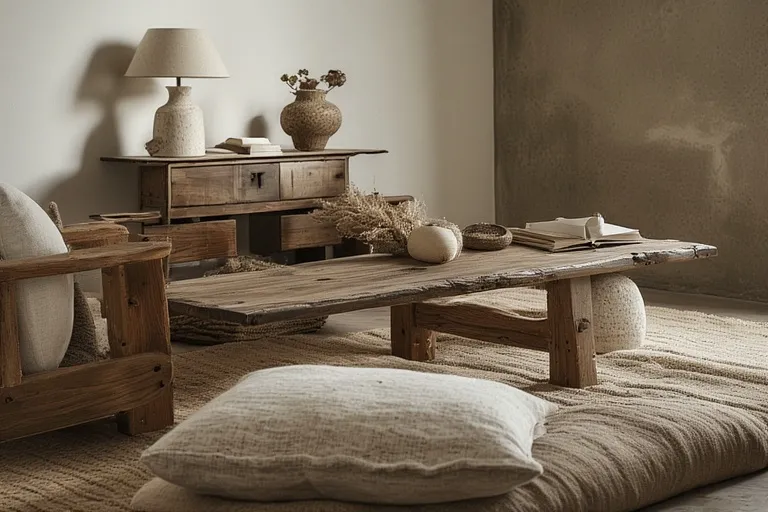
Use a combination of wood, metal, glass, stone, and textiles. For example, a wooden coffee table, metal lamp, and linen cushions together create contrast and harmony.
2. Play With Textiles
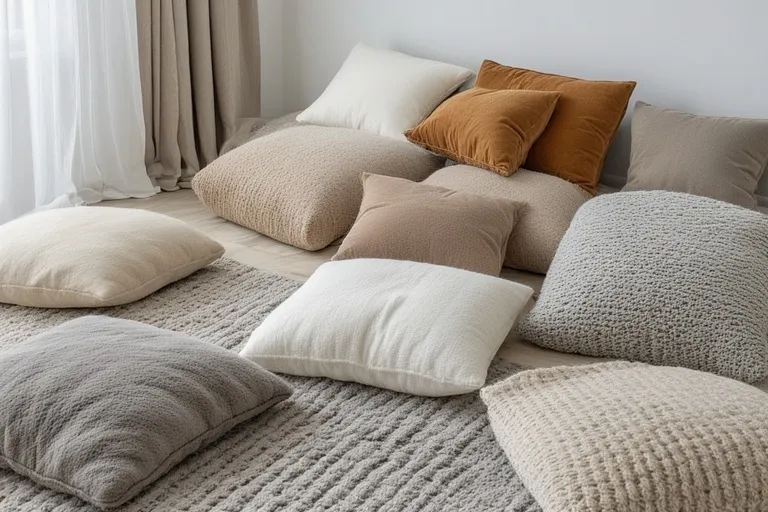
Incorporate rugs, cushions, throws, and curtains of varying textures. Combining velvet, wool, silk, and cotton can make the room cozy yet stylish.
3. Balance Rough and Smooth Surfaces
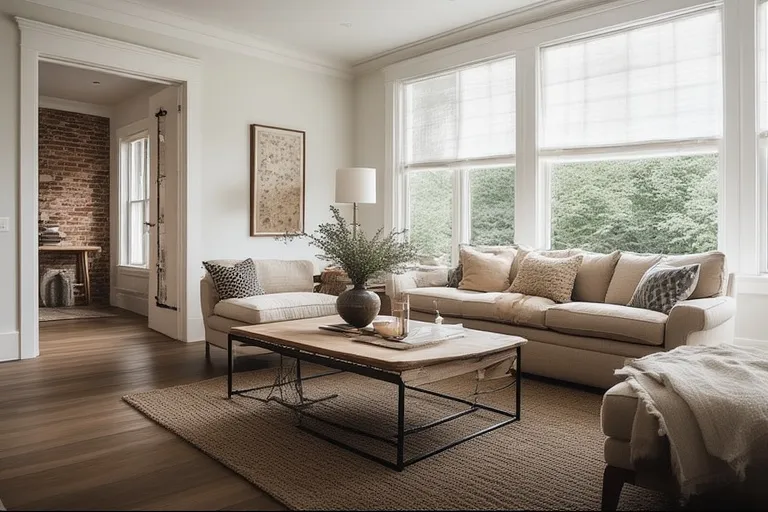
Avoid overloading one type of texture. For instance, if your walls are rough brick, balance them with soft furniture or smooth decor items to maintain harmony.
4. Layer Patterns and Finishes
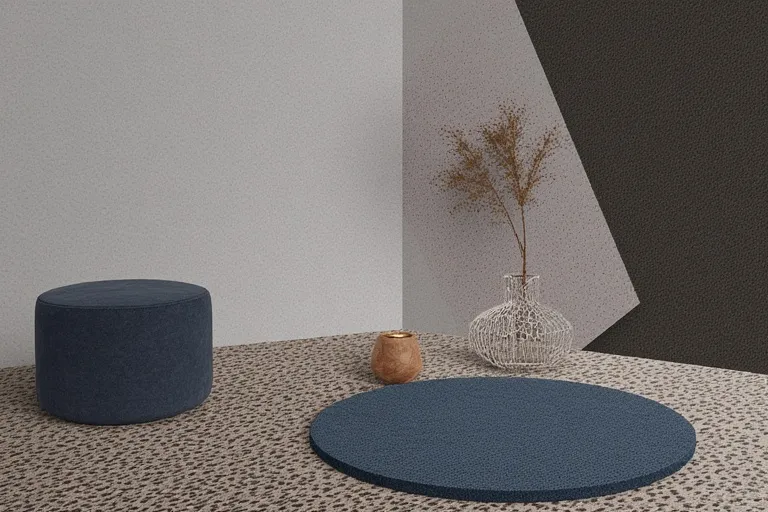
Textures don’t just mean materials—they also include patterns and finishes. Mix matte, glossy, or patterned surfaces subtly to add depth. For example, a matte-painted wall can complement a patterned rug or shiny decor pieces.
5. Stick to a Cohesive Color Palette
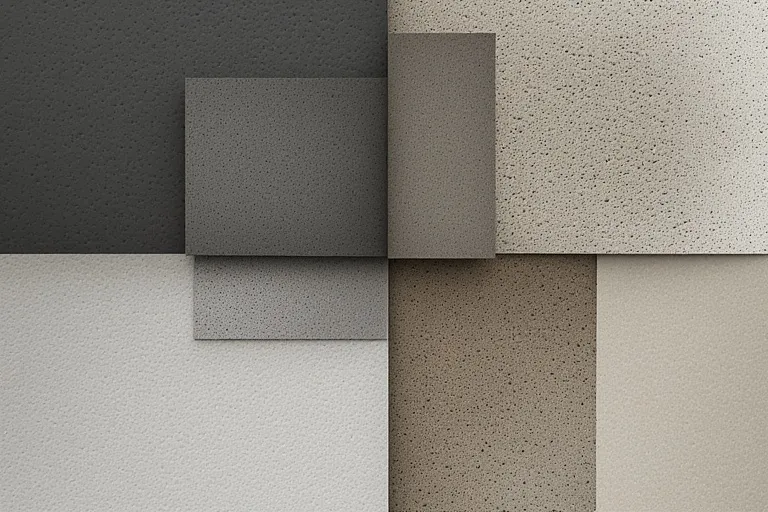
While layering textures, maintain a cohesive color scheme. Neutral tones often work best for textured layering, allowing the textures themselves to stand out.
6. Use Accessories Strategically
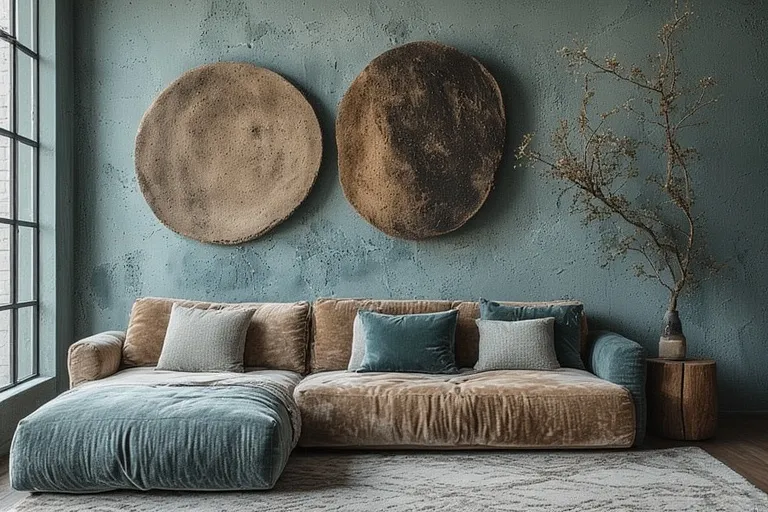
Decorative items like baskets, vases, and wall art can add unexpected textures without overwhelming the room.
Popular Texture Layering Ideas for Different Rooms
Living Room
- Mix a leather sofa with wool or faux fur throws.
- Add velvet cushions and a jute or patterned rug.
- Consider a textured wallpaper or stone accent wall for visual depth.
Bedroom
- Layer bedding: cotton sheets, a linen duvet cover, and a chunky knit throw.
- Add velvet or silk pillows for elegance.
- Incorporate a soft rug or carpet to enhance comfort.
Kitchen
- Combine smooth countertops with wooden cutting boards and ceramic accessories.
- Use textured tiles or a brick backsplash for interest.
Bathroom
- Add woven baskets for storage.
- Use textured towels or bath mats.
- Incorporate stone or wood accents to break the monotony of smooth surfaces.
Common Mistakes to Avoid
- Too Many Textures at Once – Can make the space look chaotic. Stick to 3–5 main textures per room.
- Ignoring Scale – Large-scale textures (like rugs or walls) should be balanced with smaller textures (cushions, decor items).
- Clashing Colors – Texture layering works best when color harmony is maintained.
Conclusion
Texture layering in interiors is an essential technique to elevate your home design. By thoughtfully combining different materials, fabrics, and finishes, you can create spaces that are visually appealing, comfortable, and full of personality. Remember to balance textures, maintain a cohesive color palette, and let each element contribute to the overall harmony of the room. With the right approach, layering textures can turn any interior into a rich, inviting, and sophisticated environment.
What is texture layering in interiors?
It’s combining different materials, fabrics, and finishes to add depth and style.
Why is texture layering important in home design?
It enhances comfort, adds visual interest, and creates dimensional spaces.
Which textures work best together?
Mix soft and rough, matte and glossy, or natural and synthetic textures.
Can I layer textures in small rooms?
Yes, layering subtle textures adds depth without overwhelming the space.
What is the best color palette for texture layering?
Neutral or cohesive colors allow textures to stand out naturally.

One Comment